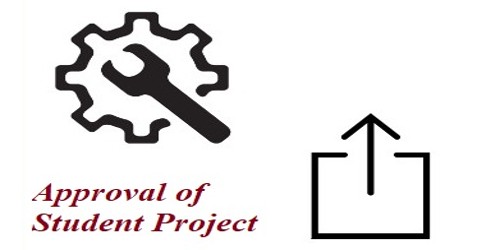A new paper demonstrates how people’s daily lives can have far-reaching global consequences when developing policies to achieve sustainability. Today’s anxious world is full of broad government policies designed to alleviate human suffering and protect the environment. A new study emphasizes the importance of taking a comprehensive look at people’s daily lives in order to uncover unexpected potholes in even the best-laid policy paths.
For example, the unhappiness of a rural worker when leaving for cities to provide for their families can unexpectedly offset the benefits to their finances and the health of the forests back home.
“Even as we race to find ways to make the world more sustainable and just, we must pay attention to the details in how people relate to their environment,” said Jianguo “Jack” Liu, Rachel Carson Chair in Sustainability at Michigan State University. “We will face setbacks toward a more sustainable world until we ensure that both people and the natural world can thrive.”
Liu and Hongbo Yang, the lead author and former PhD student at MSU’s Center for Systems Integration and Sustainability who is now a researcher at the Research Center for Eco-environmental Sciences, Chinese Academy of Science, join other authors in exploring the human element that adds layers of complexity to the United Nations’ effort to achieve 17 Sustainable Development Goals (SDGs) by 2030.
Even as we race to find ways to make the world more sustainable and just, we must pay attention to the details in how people relate to their environment. We will face setbacks toward a more sustainable world until we ensure that both people and the natural world can thrive.
Jianguo Jack Liu
In the issue of Ecology and Society, Liu, Yang, and their colleagues present a novel method for understanding how human activities – and their uniquely human consequences – can have unintended consequences.
The goal is to understand how efforts to promote some SDGs may impede progress on others. The paper investigated the effects of four globally common livelihoods – crop production, local non-farm work, workers who temporarily migrate to cities and send money home, and livestock husbandry – on the interrelationships between SDG 1 (no poverty), SDG 3 (enhance human well-being), and SDG 15. (protect life on land).
As the paper notes, the grand challenges facing humanity, from poverty, water scarcity, and food insecurity to climate change and biodiversity loss are closely intertwined. This work focuses on understanding what people bring to the complicated equation and uses China’s Wolong Nature Reserve as a demonstration site. That’s home to many of the world’s beloved giant pandas, as well as some 5,000 people.

“This is challenging because efforts made to promote one goal often result in unintended impacts on the others, resulting in puzzling interrelationships among the goals that beg for explanations,” Yang said. “What our approach provides is a tool to support coherent decision making that can facilitate progress towards SDGs simultaneously.”
The work deployed the metacoupling framework, a relatively new conceptual tool that help researchers to build comprehensive models to understand socioeconomic and environmental interactions both in specific places and over distances. Born in MSU’s Center for Systems Integration and Sustainability, the metacoupling framework provides a new language to look at the big picture and at the detail simultaneously.
Using that method to comprehend human-nature interactions on multiple levels enabled the group to gain unexpected insight. Workers from Wolong, for example, who go to temporary jobs in cities earn more money, which can help offset the amount of fuelwood they take from the forests, which is a major issue for the panda’s fragile habitat. So SDG 1 and SDG 15 are winners (income and wildlife habitat). What was less obvious was that many employees were dissatisfied. Among the issues were homesickness and obstacles to their children’s educational opportunities in cities. So, benefiting habitat through labor migration came at the expense of SDG3 (human well-being).
And this indicates the long-term liability of what appeared to be a no-brainer benefit. The authors argue that this level of holistic scrutiny will provide policymakers with a real-world perspective from which to make adjustments to reduce conflicts, and that the methods will lead to a better understanding of the SDGs’ challenges.
Thomas Dietz, Yingjie Li, Yue Dou, Yujun Wang, Qiongyu Huang, Jindong Zhang, and Melissa Songer also contributed to “Unraveling human drivers behind complex interrelationships among sustainable development goals: A demonstration in Wolong Nature Reserve.”
















